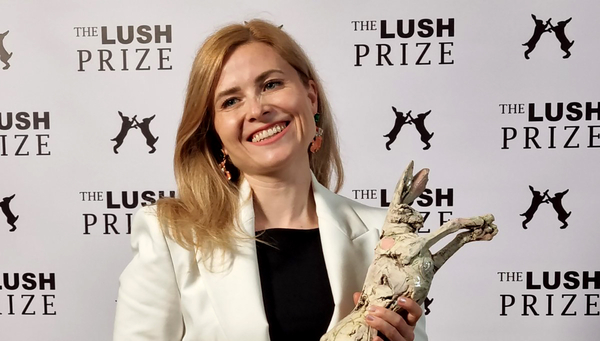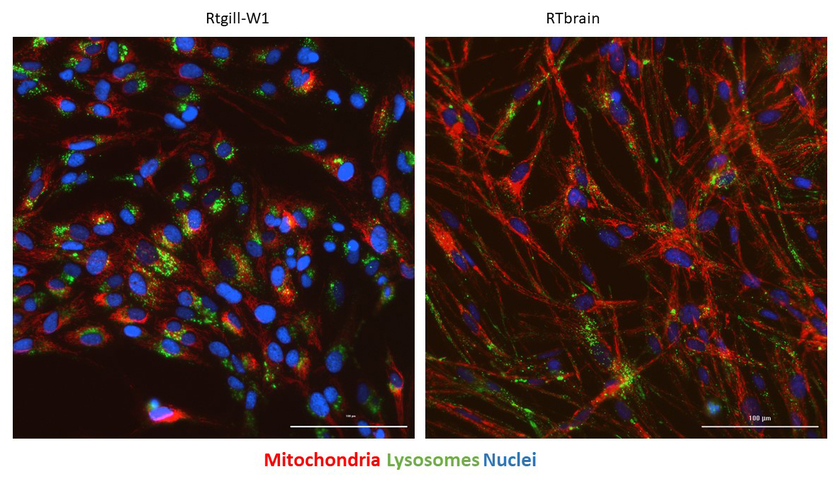News Detail
Barbara Jozef wins the Lush Young Researcher Prize
May 27, 2024 |
Research, particularly in the field of toxicology, is still largely based on animal testing. According to the cosmetics company, this is one of the reasons why many young researchers are put off from entering this field. The Lush Prize therefore supports research projects that develop alternatives to conventional methods. Every year, the organisation presents the Young Researcher Prize. One of this year’s award winners is Barbara Jozef, a researcher in the Environmental Toxicology department at the aquatic research institute Eawag. She received the award and a grant of £10,000 in London last week. “The award reflects the enthusiasm, dedication and hard work I have put into my projects during my research career,” said Jozef after receiving the award.
She is particularly pleased that this year’s award includes environmental research. Normally, science focuses on human toxicology – i.e. the effects of pollutants on people. Jozef’s project, however, lies in the field of environmental toxicology and is dedicated to the effects of chemicals on our ecosystem.
A colourful affair
Over the next few months, Jozef wants to use the prize money to transfer a process that was originally used for the gill cells of rainbow trout to the far more complex brain cells of fish. The core of the project is what is known as “cell painting”. This is an established process, but one that has never before been applied to the complex brain cells of a fish. The fish cells are brought into contact with toxins in a petri dish and then marked with different colours. How the cells react under the influence of these substances can then be interpreted from the colour distribution.
“You can think of it like facial recognition,” explains Jozef. “We know what healthy cells look like and compare the colouring with those.” The researchers use software to recognise and quantify the smallest changes in the image in order to not only extract new information, but also to create a cell profile. “This new method should help to deepen our understanding of the effects of environmental chemicals on the nervous system and ultimately advance the development of animal-free toxicology tests,” says Jozef.
An important criterion for even being considered for the prize is the absence of animal products throughout the entire research project. This is why the cultivated cell lines used in her studies are from the freezer. This topic is also very important to Jozef. “The endeavours to find alternatives to animal testing are particularly close to my heart. This underlines our ethical responsibility to minimise animal suffering while promoting scientifically sound research practices.” She adds that advocating for alternatives not only means progress for animals, but also for innovation and the integrity of scientific research.
Video about Barbara Jozef
Cover picture: Barbara Jozef was awarded the Young Researcher Prize at last week's award ceremony in London (Photo: Agneza Janovic).


